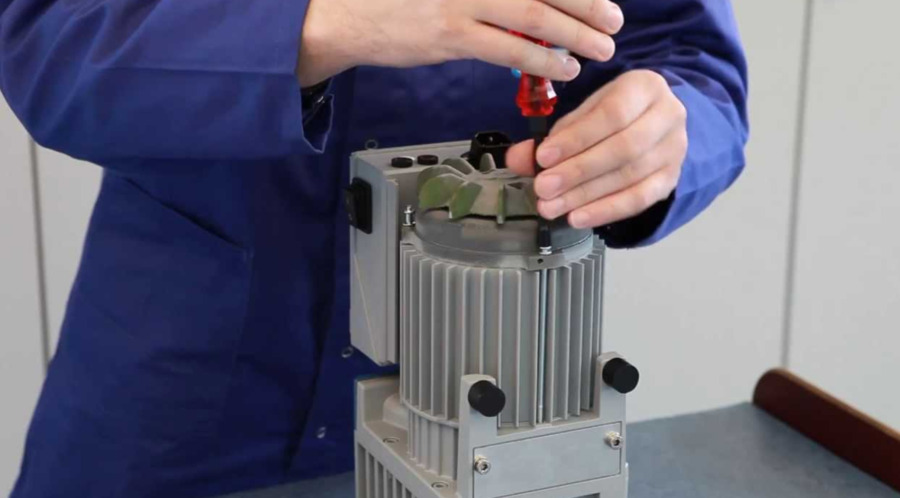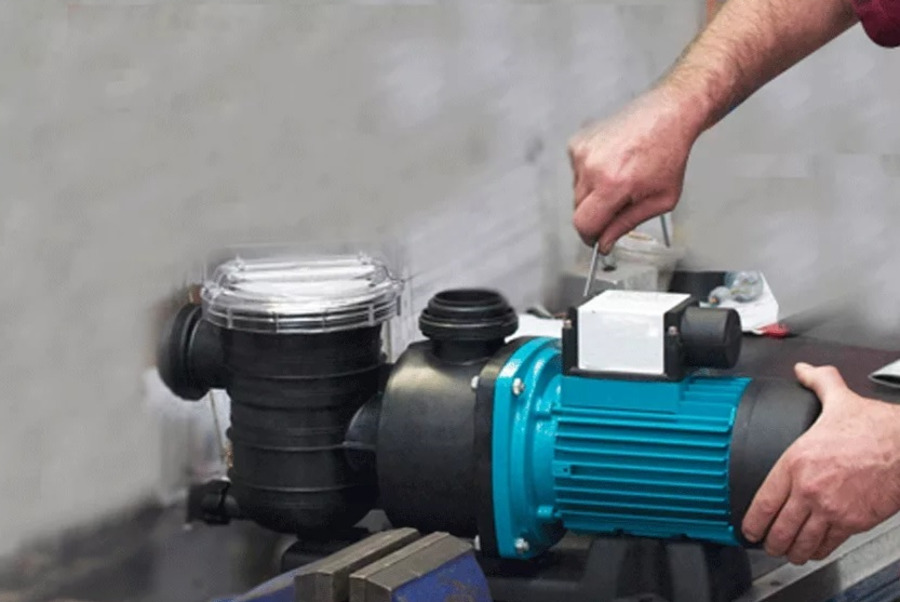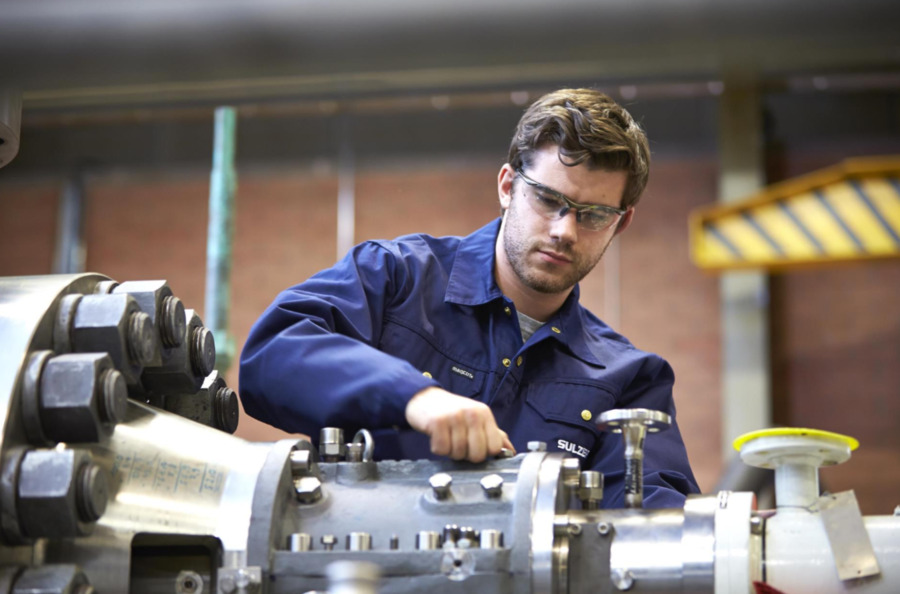Pump overhaul is essential in many industries, requiring detailed examination, dismantling, refurbishment, and reassembly to ensure optimal functionality. Traditionally, this has involved extensive manual labor. However, the shift towards integrating automation and robotics is revolutionizing these conventional methodologies, boosting operational efficiency and precision.
Historical Context
Originally, the process of pump overhaul heavily relied on manual techniques, demanding substantial labor inputs and exposing operations to human error. The gradual introduction of automation in industrial maintenance marked a pivotal shift from manual labor to technology-driven processes, laying the groundwork for the sophisticated automation systems currently transforming pump overhaul routines.
Contemporary Automation Trends
Contemporary advancements such as robotics, artificial intelligence (AI), and the Internet of Things (IoT) spearhead the modernization of pump overhaul. These innovations not only elevate process efficiency but also bring unmatched accuracy and reliability. Automation now handles everything from routine maintenance to complex diagnostics, proactively preventing malfunctions.
Core Technologies Driving Automation in Pump Overhaul
Robotic Integration
Different robotic forms, including articulated, cylindrical, and SCARA, are deployed depending on the specific task requirements, ranging from disassembly to precision positioning. These robots undertake duties in environments that might be unsafe for humans, maintaining high safety and efficiency standards.
Artificial Intelligence and Predictive Analytics
AI significantly impacts predictive maintenance strategies. By interpreting data from various sensors and historical maintenance records, AI models can foresee potential failures and recommend preventive interventions. This predictive capacity is crucial for enhancing equipment longevity and ensuring continuous operational capability.
Internet of Things (IoT)
IoT technology plays a critical role by delivering real-time data from sensors mounted on pumps. This continuous flow of data is vital for ongoing condition monitoring and performance assessment, enabling prompt responses to any operational anomalies.
Augmented and Virtual Reality Applications
Augmented Reality (AR) and Virtual Reality (VR) are becoming vital tools in complex maintenance operations. AR allows technicians to see overlaid instructions and essential information during tasks, reducing errors and speeding up the overhaul process. VR offers a simulated environment for in-depth training without the risks associated with physical training setups.

Advantages of Automating Pump Overhaul
Efficiency and Precision Gains
Automation dramatically enhances operational efficiency, enabling rapid completion of tasks with superior precision. These systems execute procedures consistently and accurately, minimizing the occurrence of errors and increasing the reliability of pumps. Faster and more precise overhauls directly translate to increased uptime and productivity, which are critical for business continuity and profitability.
Reduction in Costs
The financial advantages of integrating automation are manifold. By reducing the labor intensity of overhauls, companies can significantly cut labor costs. Automated systems also optimize resource use and streamline maintenance schedules, leading to decreased consumption of materials and a reduction in waste. Over time, these savings can offset the initial investment in technology, yielding substantial economic benefits. Moreover, the prolonged intervals between necessary maintenance due to improved operations reduce long-term operational costs.
Safety Improvements
The deployment of robots and automated equipment in hazardous environments reduces the exposure of human workers to dangerous conditions, significantly lowering the risk of accidents and injuries. Automation enhances compliance with safety regulations, improving overall workplace safety standards. By delegating high-risk tasks to machines, companies not only protect their employees but also mitigate potential legal and financial repercussions associated with workplace accidents.
Challenges and Strategic Considerations
Cost of Implementation
Adopting automation entails significant initial investments not only in purchasing the necessary equipment but also in modifying existing systems to integrate new technologies. Additional financial considerations include the costs associated with training staff to proficiently handle and maintain these advanced systems.
Limits of Technology
While automation technologies offer substantial improvements, they have their limitations. These systems may need to improve in complex situations where human intuition and adaptability would excel. Mechanical and environmental stresses can degrade robotic components, requiring regular maintenance and potentially expensive repairs to ensure consistent operational reliability.
Impact on Workforce
The introduction of automation significantly transforms job roles within the industry. There is a burgeoning need for skills centered around technology management, data analysis, and system programming. This shift can lead to displacement if not managed with proactive workforce planning and continuous education programs. Moreover, there is a critical need to maintain a balance between technological advancement and job creation to avoid economic disparities.

Conclusion
Looking ahead, the role of automation in pump overhaul is set to expand, with new technologies on the horizon promising even greater improvements. These advancements will undoubtedly bring significant benefits in cost savings, operational efficiency, and safety. Nonetheless, embracing these innovations requires thoughtful consideration of the associated costs, the limitations of current technologies, and the impacts on the workforce. Addressing these challenges effectively will enable the industry to fully leverage automation to revolutionize pump maintenance and overhaul processes. If you still need assistance, you can contact Ghaima Group.
Soccer lover, dreamer, music blogger, Eames fan and typography affectionado. Doing at the intersection of modernism and sustainability to craft experiences that go beyond design. I’m a designer and this is my work.
